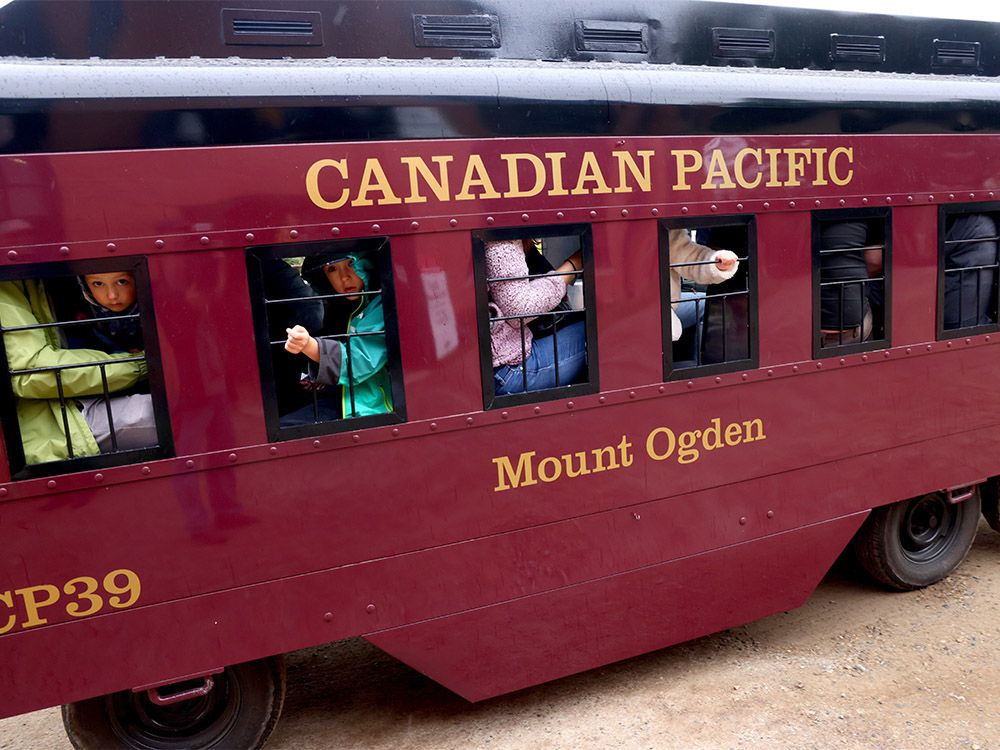5 things to know about South Korea’s military submarine pitch to Canada

Two South Korean shipyards, Hanwha Ocean and Hyundai Heavy Industries (HHI), have put forward a bold proposal to the Canadian government. The proposal, valued at $20 billion to $24 billion, aims to sell Canada 12 of South Korea’s latest submarines, the KSS-III. This unexpected pitch was delivered in early March, just before the federal election, in a detailed and unsolicited manner.
CBC News had the exclusive opportunity to delve into this proposal, gaining access to both Hanwha Ocean and HHI, as well as senior South Korean defense officials. While other countries like Germany, Norway, and Spain also expressed interest in building Canada’s new submarine fleet, the South Korean companies took it a step further by submitting a comprehensive plan. This plan not only included the sale of the KSS-IIIs but also proposed the establishment of specialized maintenance facilities on both of Canada’s coasts.
Here are five key points to know about the KSS-III and the South Korean proposal:
**1. Missile, Torpedo Capabilities**
The KSS-III is a diesel-electric attack submarine with the ability to fire torpedoes and submarine-launched ballistic missiles (SLBM). Weighing around 3,600 tonnes, the South Korean Navy plans to construct nine of these submarines in three batches. The submarines have a speed of approximately 12 knots on the surface and 20 knots when submerged, with a cruising range of 19,000 kilometers.
**2. Lithium-Ion Battery Powered**
A distinctive feature of the KSS-III submarines is their use of lithium-ion batteries, developed by Samsung SDI. These batteries enable greater cruising speeds and longer periods submerged. Hanwha Ocean claims that the submarines can stay underwater for over 21 days, crucial for operations in the Arctic. South Korea is only the second country, after Japan, to utilize lithium-ion batteries to power submarines.
**3. Systems Developed Outside U.S.**
The combat-management system controlling the KSS-III submarines is entirely Korean-designed, offering Canada the flexibility to integrate its own system or a foreign-purchased one. Additionally, Canada could opt for Korean-made torpedoes and missiles instead of relying on American or European weaponry.
**4. Highly Automated**
Each KSS-III submarine boasts a high level of automation and operates with a standard crew of 33 sailors, expandable to accommodate up to 50 crew members. With three decks onboard, the submarines are designed to facilitate mixed-gender crews. The proposal includes a comprehensive crew training plan, ensuring Canadian sailors receive necessary training in Korea during the construction phase, enabling them to operate the submarines effectively upon delivery.
**5. Delivery Ahead of Navy Deadline**
The Royal Canadian Navy has set 2035 as the deadline for receiving its first new submarine to replace the aging Victoria class. Hanwha Ocean anticipates delivering the first submarine between 2030 and 2032, with subsequent deliveries following every few years as determined by the Canadian government. The proposal also suggests constructing maintenance facilities in Canada, subject to government decision and additional costs beyond the initial purchase price.
In conclusion, the South Korean proposal offers Canada a comprehensive solution for its submarine fleet needs, promising timely delivery, innovative technology, and operational flexibility. If accepted, this partnership could enhance Canada’s naval capabilities and strengthen ties with South Korea in the defense sector.




